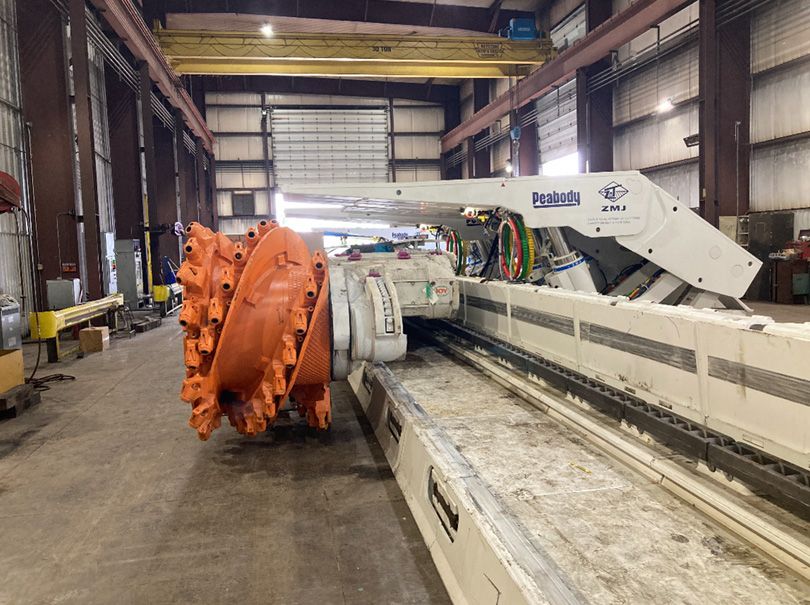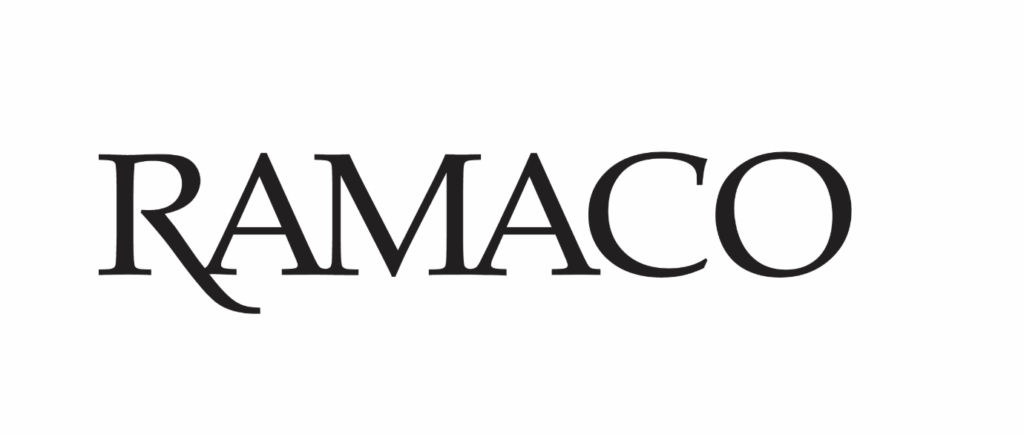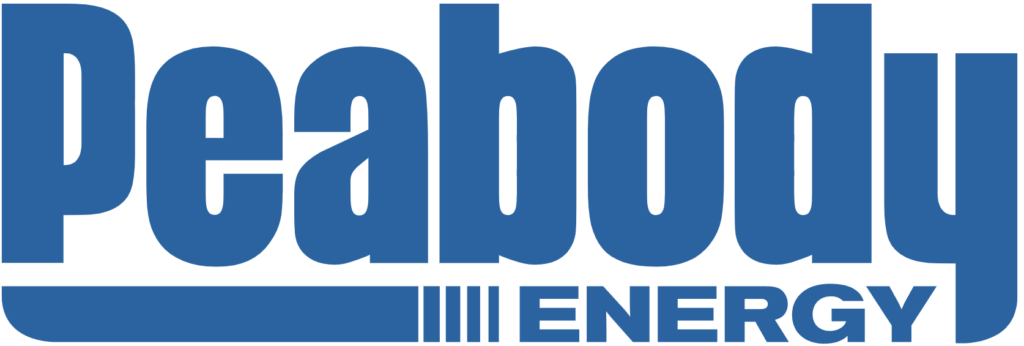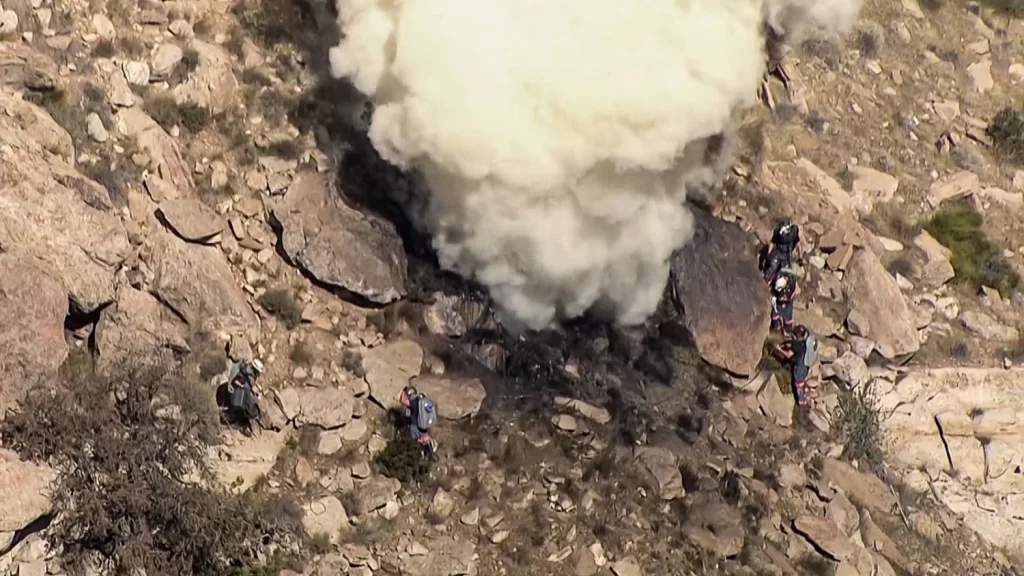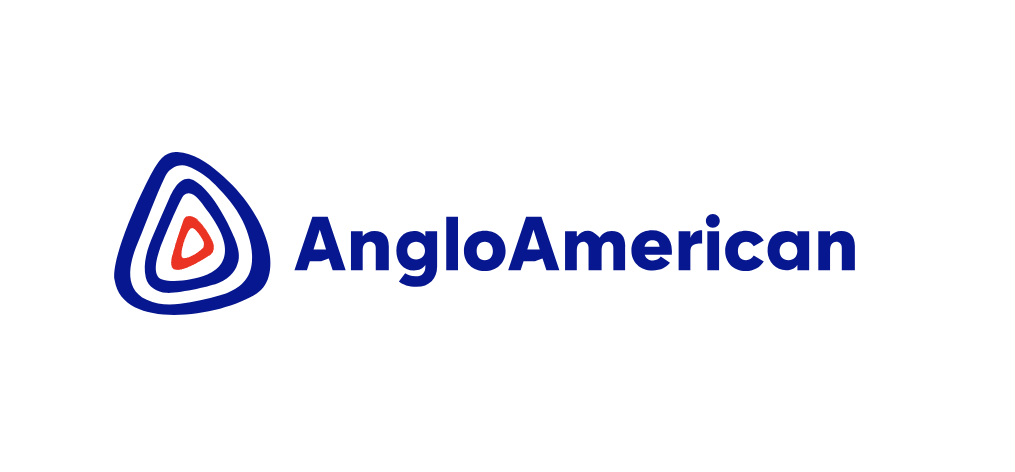Metallurgical coal miners are chasing favorable prices in a tight market and forging ahead with development and ramp-up plans for relatively new mining projects in the US. Several US companies have focused more on metallurgical-grade coal used in the steelmaking process as demand for coal to generate power has waned. In recent years, major US coal companies have diverted investments in their thermal coal assets or even begun to wind down operations as capital flows to newer metallurgical coal projects.
Atlantic metallurgical coal prices have held fairly steady through the fourth quarter of last year and into this year amid tight supplies, S&P Global Commodity Insights data shows. The Platts assessed US East Coast Low Vol Hard Coking Coal price stood at $262/mt on Feb. 15, which although well down from a spike to $525/mt in March 2022, is healthy compared with 2019-2020 when it regularly traded in the low $100s/mt.
Expanding production
Warrior Met Coal invested $127.8 million in its Blue Creek growth project in the recent quarter, bringing total 2023 investment to $319.1 million, with additional expenditures of $325 million to $375 million planned for 2024. The company relaunched the development of the Alabama mine in May 2022 after a labor strike, COVID-19 and unfavorable market conditions delayed production. In its Feb. 14 earnings release, the company said the mine is on track to produce its first development tons from continuous miner units in the third quarter. Executives expect the more productive longwall mining unit for the project to start up in the second quarter of 2026.
“Blue Creek represents one of the last remaining untapped premium quality high vol A coal reserves in the US, which should achieve premium prices,” the company said. The mine hosts reserves and resources totaling 119.3 million st and is estimated to have an operating life of 50 years.
Pennsylvania-based Consol Energy is also expanding production volumes, from its Itmann Complex. When Consol Energy, primarily a thermal coal producer, announced it would begin developing the complex in 2019, CEO Jimmy Brock called the West Virginia coal project the “next phase of our evolution.” However, Consol announced in 2020 that it was pulling back on capital spending and production to address lower coal demand. The company transitioned the project from the development phase to its operations group as of the second quarter of 2023. The mine sold 159,000 st of coal in the fourth quarter of 2023, up from 123,000 st in the prior quarter, and has already secured contracts to sell 571,000 st in 2024, according to Consol’s earnings release.
“We expect more than a 36% increase in sales volume at the midpoint of our 2024 guidance compared to 2023 levels, and we have seen strong interest for our Itmann product in the domestic and export markets,” Brock said on a Feb. 6 earnings call. “I remain very excited about Itmann’s potential and the revenue diversification that having a low volume met product in our portfolio will bring.”
Similarly, Arch Resources is looking to increase production rates at its Leer South met coal mine as it progresses into a second longwall district later this year.
“Despite somewhat lackluster steel market fundamentals, coking coal markets appear reasonably well supported at present,” CEO Paul Lang said on a Feb. 15 earnings call. “The primary reason that coking coal markets remain well supported in our estimation, is constrained supply stemming from ongoing reserve degradation and depletion, accounting and regulatory pressures, limited capital availability and persistent underinvestment.”
The company first said the “time has come” to finally develop the long-discussed complement to its Leer mine in February 2019. Arch Resources acknowledged on an October 2023 earnings call that the Leer South mine ran into a thinning coal seam that curbed output, but COO John Drexler said at the time that a new drilling program would help the company develop the site into a “great mine on the order of Leer in 2025.” On the Feb. 15 call, Drexler said that Leer South did see slower-than-normal advance rates and lower-than-normal yields in the first two months of the fourth quarter, but the mine has since made up for much of the lost time.
“We expect better mining conditions in a materially thicker coal seam as the Leer South longwall advances into District 2 based on our significantly expanded drilling program,” Drexler said. “At a time when many of our competitors are wrestling with the migration to less advantageous and higher-cost reserves, we are fortunate to be moving in the opposite direction.”
Advancing languishing projects
St. Louis-based coal miner Peabody Energy announced Feb. 8 that longwall production started at its Shoal Creek mine ahead of schedule, producing 338,000 st from the newly developed district at the mine. The company was able to commence longwall production early despite a fire at the mine in March 2023. Peabody purchased the Alabama mine from Drummond for $387 million in late 2018 but has yet to take full advantage of its relatively new asset. By October 2020, the company temporarily idled the mine, citing weak demand, low productivity rates, and adverse geological conditions. A restart of the mine was also delayed by a worker strike in 2021.
“When it comes to the seaborne met market, we are quite encouraged by what we saw during [the fourth quarter] with increased crude steel production rates outside of China, and we expect those rates to continue during [the first quarter and into the second quarter],” said Malcolm Roberts, Peabody’s chief marketing officer. “We also are encouraged in the metallurgical coal space by very constrained supply… We still see supply challenges moving through 2024.”
Alpha Metallurgical Resources, another major metallurgical coal producer in the US that announced the closure of its last thermal coal mine in the third quarter of 2023, is hosting its earnings call on Feb. 26. Ramaco Resources Inc., another US metallurgical coal producer, has yet to announce its fourth-quarter earnings release date.
By Taylor Kuykendall

